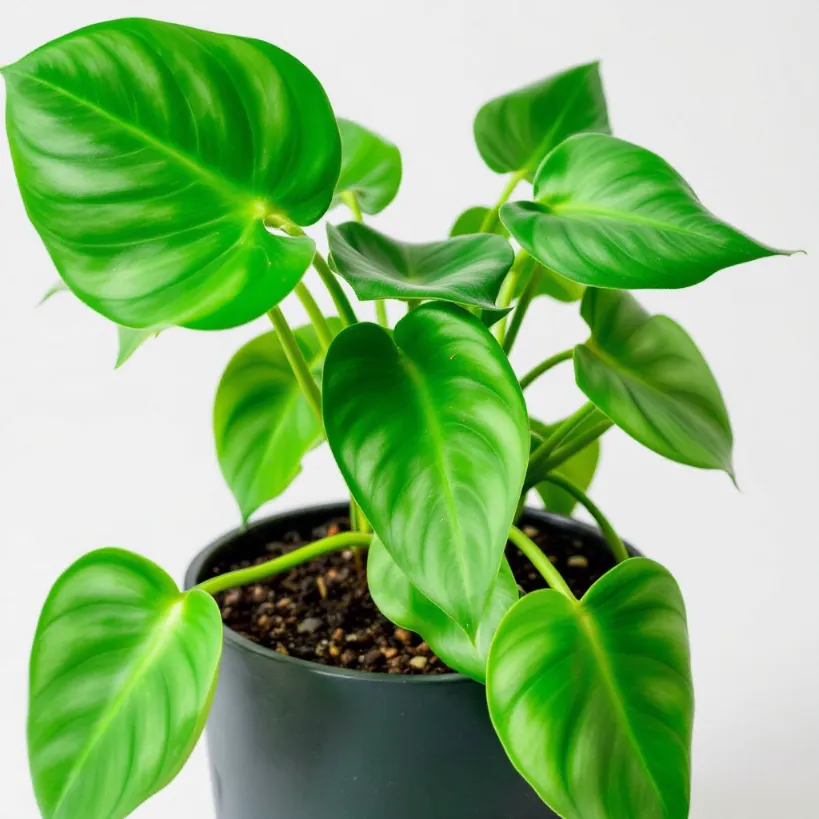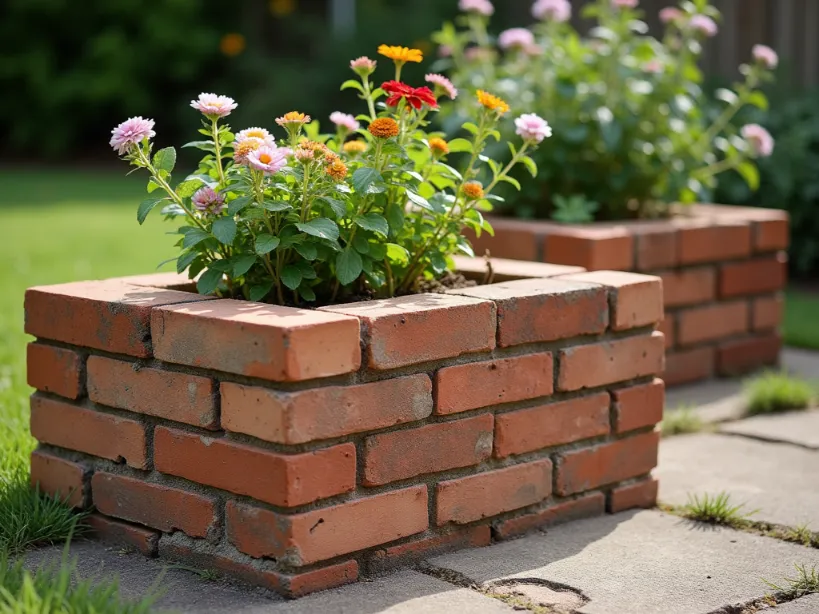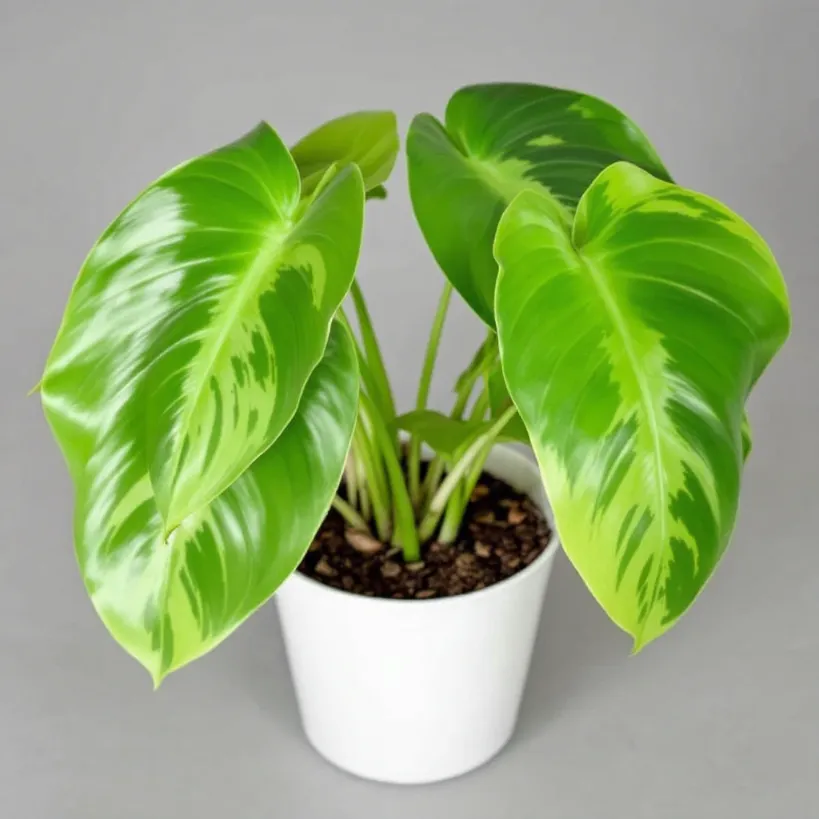In today’s fast-paced world of indoor gardening, a Houseplant Propagation Station is your ultimate solution for effortlessly cloning your favorite houseplants. By setting up an efficient propagation system, you can rapidly grow new plants from cuttings while saving money and expanding your green oasis. In this guide, we offer a direct answer to the question: What is a Houseplant Propagation Station? It’s a dedicated area—often DIY—that provides the optimal environment for your plant cuttings to develop strong roots and eventually flourish into mature plants.
Before you dive in, be sure to check out our Indoor Plant Basics guide for additional foundational tips on indoor gardening.
Key Takeaways
- Learn how to set up a houseplant propagation station in your home
- Discover the best propagation techniques for a variety of houseplants
- Understand the tools and equipment needed to create a thriving indoor plant nursery
- Explore the benefits of having an indoor plant propagation station
- Learn how to properly care for your newly propagated houseplants
What Is a Houseplant Propagation Station?

A Houseplant Propagation Station is an organized setup where you can propagate – or clone – your favorite indoor plants using methods such as water or soil propagation. The station typically features neatly arranged containers, a designated spot with appropriate light, and essential tools like rooting hormone. Whether you’re a beginner or an expert, this station provides a controlled environment to maximize propagation success and quickly multiply your plant collection.
For a deep dive into propagation strategies, explore our detailed Houseplant Propagation Station strategies for actionable insights.
Why Create a Propagation Station?
Creating your own propagation station offers several key benefits:
- Cost Efficiency: Grow new plants from cuttings rather than buying replacements.
- Customization: Tailor the setup to your available space and specific plant needs.
- Continuous Growth: Maintain a constant supply of houseplants to refresh your indoor garden.
- Learning Opportunity: Master fundamental propagation methods and boost your indoor gardening skills.
By transforming a small space into a fully functional propagation area, you not only nurture your green collection but also set the stage for future indoor gardening projects like mastering the Philodendron Varieties Guide.
Essential Components
A successful propagation station relies on having the right components readily available. Below is a list of the tools and materials you will need:
Tools & Materials Checklist
- Containers: Small jars, propagation trays, or DIY holders
- Propagation Medium: Options include water and soil
- Cutting Tools: Clean scissors or a sharp knife
- Rooting Hormone: To accelerate and support root development
- Lighting: Adequate artificial or natural light
- Environmental Controls: Tools like a humidifier or heat mat for optimal conditions
Comparison Table: Water vs. Soil Propagation
| Feature | Water Propagation | Soil Propagation |
|---|---|---|
| Ease of Setup | Simple and visual; monitor root growth | Requires proper soil mix and drainage |
| Root Visibility | Clear view of developing roots | Roots hidden, indirect observation |
| Moisture Control | High risk of overexposure | More stable moisture retention |
| Success Rate | Great for quick experiments | Often yields stronger plants long-term |
For more insights on plant care, consider checking out our in-depth Solid Green Spider Plant care tips for maintaining optimal propagation conditions.
Step-by-Step Setup Guide

Creating your propagation station is simpler than you might think. Just follow these actionable steps:
1. Select the Perfect Location
- Choose an area with adequate natural light or set up a grow light.
- Ensure the location offers a stable temperature (typically 65°F to 75°F) and moderate humidity.
- For additional guidance on indoor plant placement, refer to our Top Houseplants for Humid Environments.
2. Gather and Prepare Your Tools
- Collect all necessary components (containers, cutting tools, rooting hormone, etc.).
- Sterilize your cutting tools to prevent the spread of diseases.
3. Prepare Your Propagation Medium
- Water Propagation: Fill clear jars with clean water and add a drop of rooting hormone if desired.
- Soil Propagation: Use a well-draining potting mix or a soilless blend.
- A balanced environment ensures optimal root development—learn more with our Lemon Lime Philodendron Care tips.
4. Take Healthy Cuttings
- Select a healthy stem or leaf from your parent plant.
- Cut at a 45-degree angle, ensuring at least one node is attached.
- Place the cutting immediately into your chosen medium.
5. Provide Ongoing Care
- Monitor water levels or soil moisture daily.
- Change water every few days to prevent bacterial growth.
- Maintain constant humidity and temperature.
- For further troubleshooting, check out our Spider Plant Leaves Bending solutions.
Propagation Methods: Water vs. Soil
When deciding on a propagation method, you generally choose between water propagation and soil propagation. Let’s examine these methods in detail:
Water Propagation
- Pros:
- Immediate visual feedback; you can see new roots forming.
- Simple setup and low maintenance.
- Cons:
- Potential for bacterial growth if water isn’t changed often.
- Roots developed in water may need time to adjust when transferred to soil.
Soil Propagation
- Pros:
- Produces robust root systems adapted to soil conditions.
- Less risk of overwatering if proper drainage is maintained.
- Cons:
- Root development is not visible until later stages.
- Note: Consider a hybrid method by starting in water and then transferring to soil as roots develop further. For a visual idea, explore our Solid Green Spider Plants guide for inspiration.
Best Practices for Propagation Success
Boost your propagation success with these proven best practices:
- Use Rooting Hormone: Aids in the rapid development of healthy roots.
- Maintain Consistent Environmental Conditions: Stable temperatures (65°F to 75°F) and humidity (50-70%) are ideal.
- Provide Adequate Lighting: Use a combination of natural sunlight and supplemental grow lights.
- Keep Your Equipment Clean: Regular sanitation prevents the growth of harmful pathogens.
Additional actionable tips:
- Check Daily: Look for discoloration and wilting leaves as early signs of problems.
- Rotate Containers: Ensure even light exposure to all cuttings.
For additional plant care techniques, dive into our Spider Plant Bushier guide for more creative approaches to stimulate growth.
Troubleshooting Common Issues
Even with careful preparation, you might encounter issues in your propagation station. Here’s how to tackle common challenges:
Problem: Root Rot and Mold Formation
- Cause: Overly moist conditions or stagnant water.
- Solution: Switch to a well-draining soil mix, change water regularly, and ensure proper ventilation.
- Tip: Frequent monitoring prevents prolonged exposure to detrimental conditions.
Problem: Slow or No Root Development
- Cause: Too much direct sunlight or temperature fluctuations.
- Solution: Adjust the environmental conditions by using a heat mat or relocating the station.
- Tip: Consider using a rooting hormone to kickstart the process.
For a broader perspective on troubleshooting plant issues, get inspired by our Rare Houseplants insights to find creative solutions for tough propagation scenarios.
Enhancing Your Propagation Setup
Once you’re comfortable with the basics, you can take your propagation skills to the next level by enhancing your setup:
- Experiment with Different Containers: Use glass jars, propagation trays, or even repurpose everyday items.
- Automate Environmental Controls: Introduce a humidity controller or smart grow light to maintain optimal conditions.
- Implement a Tracking System: Keep a propagation log to record which methods work best for different plant species.
- Expand Your Knowledge: Explore advanced techniques like air layering or tissue culture for larger-scale propagation projects.
For further inspiration, our Philodendron Varieties Guide offers expert advice on propagating one of the most popular indoor plants.
Affiliate Product Recommendations
To help you build the perfect propagation station, we’ve compared some of the best products on the market. Check out the table below for a quick comparison:
| Product | Key Features | Pros | Cons |
|---|---|---|---|
| Propagation Tray A | Durability, adjustable compartments | Easy to clean, affordable | Limited size options |
| Rooting Hormone X | Fast-acting formula, organic blend | Boosts root growth, natural ingredients | Needs refrigeration |
| Clear Glass Jars | Transparent design for monitoring roots | Enables visual progress, versatile | Fragile if mishandled |
Call to Action: If you’re ready to upgrade your indoor garden, click through our curated reviews and comparisons. These products are designed to optimize your propagation process and help you achieve consistent success in growing new plants.
For more detailed recommendations and DIY projects, explore our comprehensive guides on topics like DIY Macrame Plant Hangers and Terrarium Building for Beginners.
Conclusion & Next Steps

A well-designed Houseplant Propagation Station is the key to expanding your indoor garden and mastering plant cloning techniques. With clear steps, essential tools, and actionable best practices, you now have the definitive resource to start propagating your houseplants with confidence. Whether you follow the water propagation method or opt for soil propagation, the right environment and care are crucial for success.
Next Steps:
- Start Small: Begin with one or two cuttings and gradually expand your propagation station.
- Experiment: Try different methods to see what works best for your plant species.
- Educate Yourself: Stay updated with expert tips by revisiting our Indoor Plant Basics guide.
If you encounter any challenges or need more detailed instructions, explore our extensive resource library. From Solid Green Spider Plant care to advanced techniques in our Philodendron Varieties Guide, we have everything you need to create a thriving propagation environment.
Ready to transform your indoor garden? Start building your propagation station today and watch your houseplants multiply before your eyes!
References:
[1] https://cheekyplantco.com.au/blogs/plants-blog/how-to-propagate-rare-indoor-plants-using-propagation-stations
[2] https://flowerri.com/blogs/propagation/propagation-station-a-guide-to-plant-propagation-techniques
[3] http://www.floratrel.com/blog/How-to-Create-the-Perfect-Plant-Propagation-Station.html
[4] https://wildplantage.com/plant-propagation-stations/
[5] https://sonnihaus.com/products/arc-mini-propagation-station
[6] https://www.homedit.com/propagation-station/
[7] https://www.cutertudor.com/diys/diy-water-propagation-station/
[8] https://www.lovethatleaf.co.nz/blogs/plant-care-guides/how-to-water-propagate-indoor-plants
[9] https://cupoflora.com/pages/propagation-station-instructions
[10] https://www.backyardboss.net/propagation-station-ideas/
[11] https://flowerri.com/blogs/propagation/innovative-propagation-station-ideas-reuse-repurpose-regrow
[12] https://thepeculiarrose.com/how-to-set-up-a-propagation-box-for-beginners/
[13] https://www.youtube.com/watch?v=sE30WKZIklc
[14] https://tobebright.com/beginners-guide-to-plant-propagation-part-two/
[15] https://primexgardencenter.com/guide-to-houseplant-propagation/
[16] https://www.youtube.com/watch?v=QEQIKiIOOFE
[17] https://diyinpdx.com/2017/07/12/plant-propagation/
[18] https://www.mydomaine.com/propagation-station-5095422
[19] https://www.reddit.com/r/houseplants/comments/hdhu4o/fathers_day_project_with_my_dad_my_very_own/
[20] https://houseandsprout.com/garden/best-propagation-stations-for-different-uses/
[21] https://www.greenwithpurpose.com/plant-propagation-ceramic-plantation/
[22] https://www.semanticscholar.org/paper/f2f6c738666a10b24c16417e594aca0ea8e21307
[23] https://www.semanticscholar.org/paper/1613fd9043b4e64bd66793d19b528ddf14b74ed9
[24] https://www.semanticscholar.org/paper/468f95f766f073db5bfdb0aa86a4f777cd3dbaf4
[25] https://www.semanticscholar.org/paper/57561b92616d45338b12711f261bdb174e78fd47
[26] https://www.semanticscholar.org/paper/b6ddfdfcd0934cc0ca4561b23d49e57384cae701
[27] https://www.pinterest.com/pin/diy-plant-propagation-stations–78250112268019949/
[28] https://www.pinterest.com/hpcentral/propagation-station/
[29] https://design-milk.com/propagating-in-style-grow-your-plant-cuttings-with-these-modern-vessels/
[30] https://www.pinterest.com/cbower2/propagation-station/
[31] https://www.pinterest.com/pin/15-stunning-plant-propagation-station-ideas-kitchen-whisperers-in-2023–633248397631985248/
[32] http://www.floratrel.com/blog/How-to-Create-the-Perfect-Plant-Propagation-Station.html